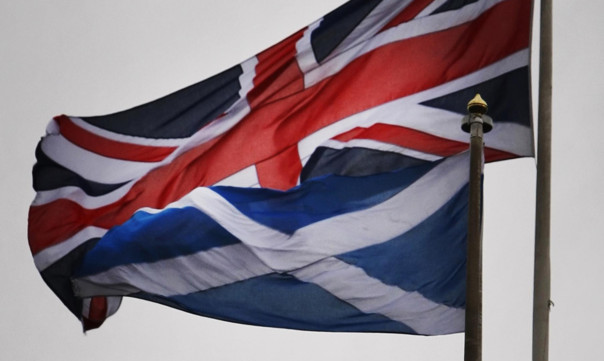Preparations for Scotland’s “independence day” have been published with more than a year to go before the referendum.
A Scottish Government paper, with a foreword from Deputy First Minister Nicola Sturgeon, outlines what she hopes will be a smooth transition in March 2016 followed by elections to an independent parliament in May.
The paper sets out plans for a written constitution, to be devised by the first parliament and the public, which could outlaw “weapons of mass destruction” in Scotland.
It also describes the constitutional platform for independence, drawing on the “spirit” of the Edinburgh agreement between Prime Minister David Cameron and First Minister Alex Salmond on the legal staging of the referendum.
Political parties and representatives of “civic Scotland” would be invited to join the Scottish Government in negotiating a settlement.
Ms Sturgeon said: “Our proposals, set out today, would see this platform put in place immediately prior to the Scottish Parliament elections, to provide the newly-elected Scottish Government with the full range of powers it needs to develop the country.
“Today’s paper provides the people of Scotland with a clear road map as to how Scotland would make the journey from a devolved system of government with the levers of power retained at Westminster, to a nation in which the powers of our national Parliament are complete and in which the people are sovereign.”
Scottish Secretary Michael Moore accused the Scottish Government of creating a distraction from substantive issues.
He said: “Once again, they are devoting their energy to the picture-frame when they don’t have a painting to put in it.
“We haven’t even got a date for the referendum, let alone any detail on what independence would mean for people in areas like the economy, welfare, energy and financial services.
“People in Scotland appreciate the benefits of remaining part of the United Kingdom family and that is why they remain strongly opposed to independence.
“We have already been setting out our views in public on the issue of the post-referendum process. We will spell out further thoughts on this process in our forthcoming analysis papers, including our first paper, in February. Once this has been published, we will be happy to discuss our paper with the Scottish Government.”
For full analysis of today’s developments, see Wednesday’s Courier or try our new digital edition.
